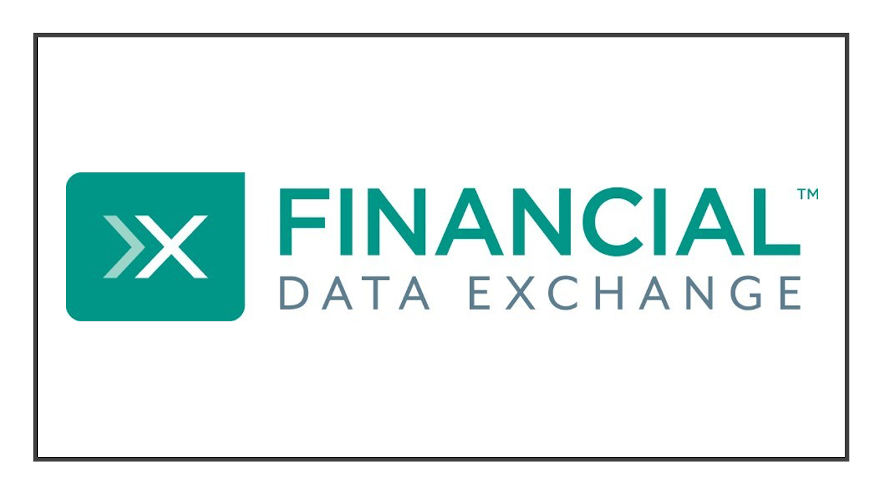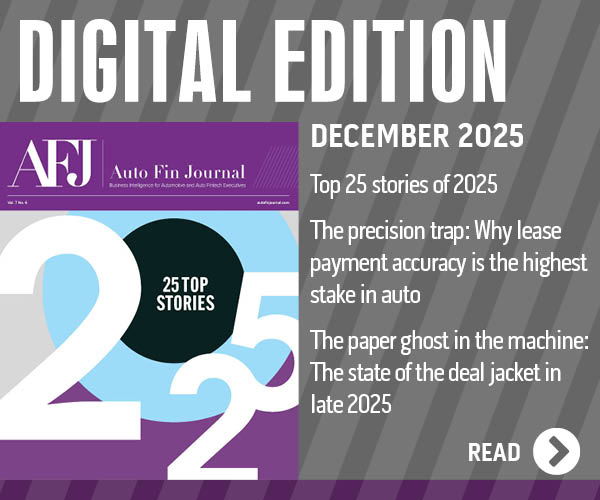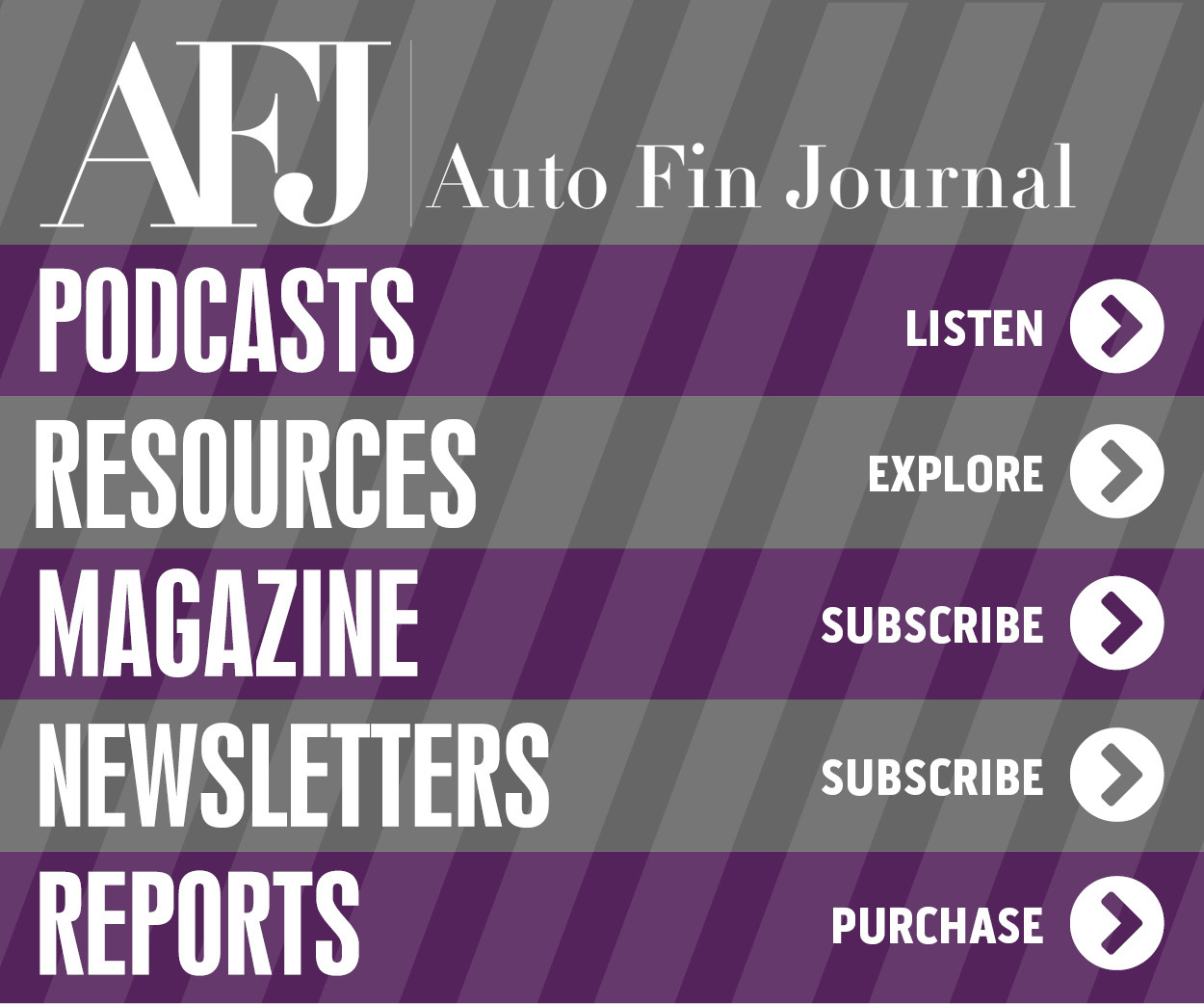Financial Data Exchange highlights accomplishments in just 2 years

By subscribing, you agree to receive communications from Auto Remarketing and our partners in accordance with our Privacy Policy. We may share your information with select partners and sponsors who may contact you about their products and services. You may unsubscribe at any time.
RESTON Va. –
The Financial Data Exchange celebrated the significant growth and accomplishments the organization has generated in just two years.
FDX marked its second anniversary by reiterating its goal of unifying the entire financial industry around a secure, common, interoperable and royalty-free standard for user-permissioned data sharing.
“Our work has really just begun, but never in my wildest dreams did I think that FDX would grow this fast and accomplish this much in just two years,” FDX managing director Don Cardinal said in a news release.
FDX began in the fall of 2018 with just 21 founding member companies that included fintechs, financial institutions, financial data aggregators and a few financial industry groups. Since that time, FDX has grown to 153 member organizations and is active in the U.S. and Canadian markets along with members around the world.
FDX members also now include several consumer advocacy organizations, a wide range of fintechs, financial institutions of all sizes, payment networks, ecosystem utilities, financial industry stakeholders and a growing number of academics, researchers and financial data ecosystem luminaries.
“The success and growth of FDX shows that even in an industry with fierce competition, market participants can come together to work on technical standards that empower consumers and achieve efficiencies in the market. If the last two years is any indication, FDX has a bright future ahead of it,” said Steve Smith, chief executive officer and co-founder of Finicity and co-chair of the FDX board.
Subscribe to Auto Remarketing to stay informed and stay ahead.
By subscribing, you agree to receive communications from Auto Remarketing and our partners in accordance with our Privacy Policy. We may share your information with select partners and sponsors who may contact you about their products and services. You may unsubscribe at any time.
The organization emphasized that FDX’s goal of defining technical standards that will enable financial data sharing to be more consumer controlled, accessible, transparent, traceable and secure has never been in question, but accomplishing this work has involved thousands of hours of work across the financial industry through FDX’s many committees, working groups and taskforces.
Specifically, FDX is on Version 4.2 of the FDX API, which now includes a comprehensive API representation of U.S. tax forms. FDX will also soon be releasing User Experience Guidelines 1.0 for implementers of the FDX API that describe the permissioning process for end-user to grant consent to access their data, and will also release an industry taxonomy to better define ecosystem roles and concepts.
Finally, and what the organization is calling an industry first, FDX’s user-permissioned data sharing Use Case for Personal Financial Management (PFM) will soon provide end-users with access to data they need to manage their personal finances while ensuring data minimization so that only necessary data is shared.
“It’s exciting and rewarding to see the financial ecosystem rally around the mission of FDX. We all want our customers to have control and flexibility over their finances and their financial data and the member organizations of FDX continue to enable this via the FDX API. This will only serve to promote even further innovation to help our customers,” said Ben Soccorsy, senior vice president in the strategy, digital and innovation group at Wells Fargo and co-chair of the FDX Board.
The organization explained that all financial data accessed through the FDX API standard is user permissioned and no financial records are accessed with the FDX API without a consumer’s full permission and control.
Further, FDX noted that it seeks to provide benefit and market efficiencies to financial services entities of all sizes. The FDX specification is free to download and use, and the common and interoperable nature of the FDX API creates economies of scale for API-based solutions to be developed.
“This will allow even the smallest financial institutions and fintechs to compete on a level playing field in user-permissioned data sharing,” FDX said.
For more details about the organization and a list of current members, go to financialdataexchange.org.


